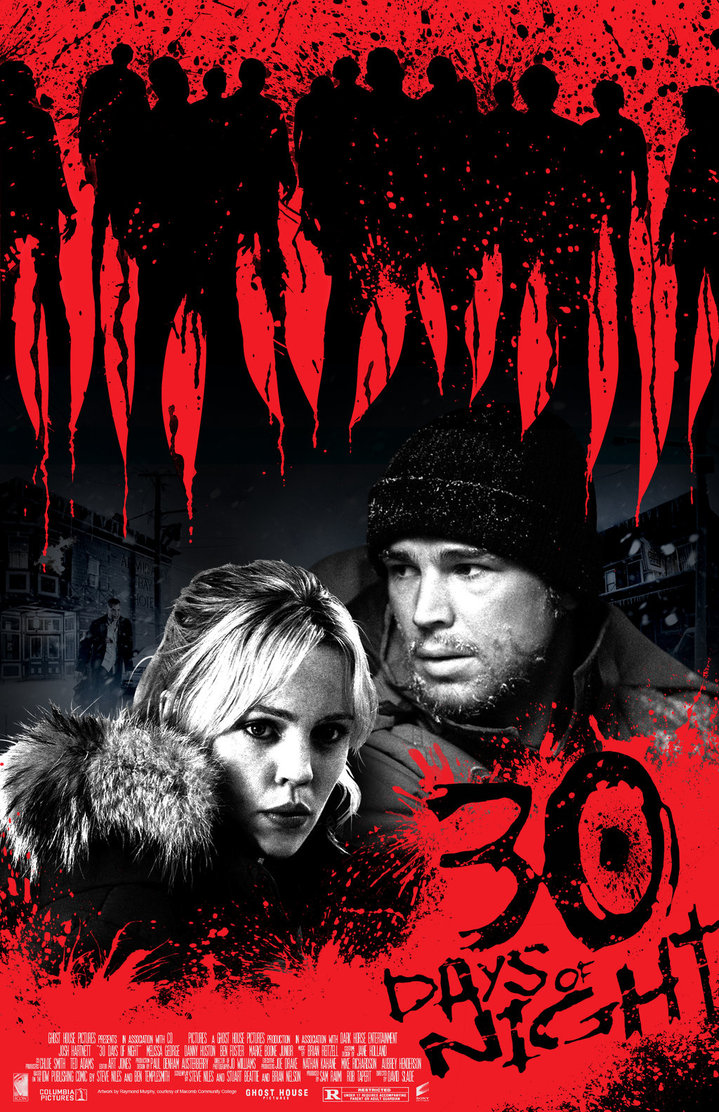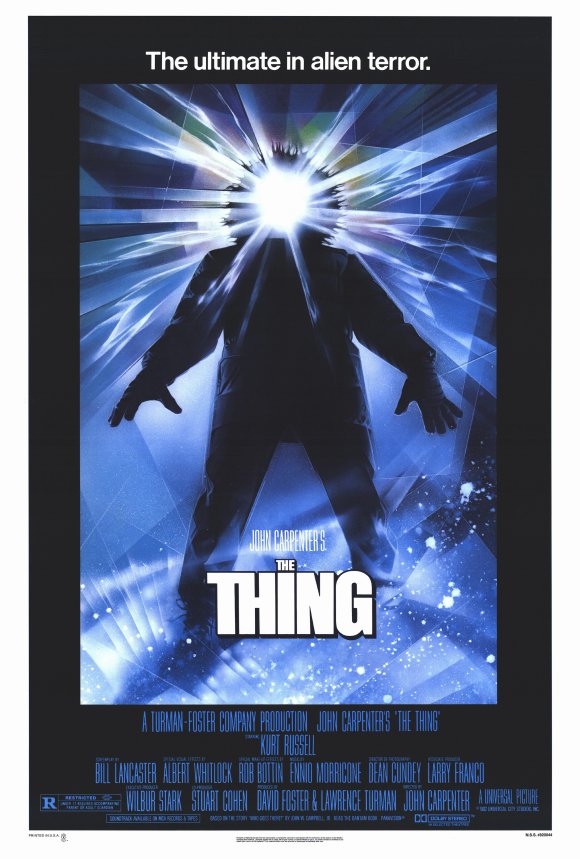Synopsis
On this date in 2007, the polar night descended on Barrow, Alaska, the setting for 30 Days of Night, a horror film based on the comic book miniseries of the same name. Barrow, Alaska is preparing for its annual month-long polar night when a stranger rows ashore from a large ship. When detained, the stranger (the Harbinger archetype) taunts the townsfolk, telling them that death is coming. The mysterious visitor is the reincarnation of Renfield, the chosen one who prepares for the coming of the vampire scourge in Bram Stoker’s Dracula.
THE PSYCHIATRY OF 30 DAYS OF NIGHT
The vampire genre found its popularity with publication of Bram Stoker’s Dracula in 1897. Texts such as An Extraordinary and Shocking History of a Great Berserker Called Prince Dracula served as inspiration for Stoker’s monster. Stoker’s working papers for Dracula were discovered in the Rosenbach Museum in Philadelphia, confirming that he knew about the existence of Vlad Dracula, otherwise known as Vlad the Impaler. While the vampires in 30 Days of Night have features reminiscent of Nosferatu, the film pays homage to Stoker’s seminal novel. For example, when investigating the power outage, Eben goes to the telecommunications center and finds the operator’s head on a spike. Stoker’s eponymous character being killed with a spike through the heart was inspired by Vlad Dracula’s impaling thousands of the Sultan’s men on wooden stakes. With the creation of the vampire inspired by “Prince Dracula,” the apex predator then serves as a metaphor for Antisocial Personality Disorder (APD) given that the Count demonstrates reckless disregard for and violation of Jonathon Harker’s and other’s rights.
The town of Barrow succumbs to “30 days of night,” making the movie an allegory of Major Depressive Disorder with seasonal pattern (Seasonal Affective Disorder). This condition manifests with depressive symptoms at characteristic times of the year (episodes usually begin in fall or winter and remit in spring). Since the characters’ behavior is significantly influenced by the vampiric plague, with vampires serving as metaphors for APD, then 30 Days of Night may be interpreted as a case of “Secondary Depression;” a condition characterized by depressive symptoms thought to be caused by an underlying (e.g. antisocial) personality disorder.

